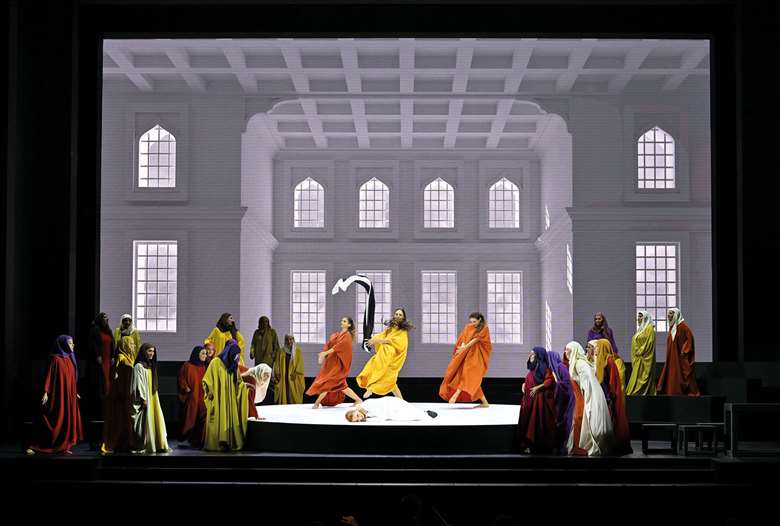Festival Verdi 2023 – Verdi: Il trovatore & I Lombardi | Live Review
Thursday, April 4, 2024
The unqualified success of I Lombardi alla Prima Crociata which inaugurated 2023’s Festival Verdi bodes well for the festival’s future

Register now to continue reading
This article is from Opera Now. Register today to enjoy our dedicated coverage of the world of opera, including:
- Free access to 3 subscriber-only articles per month
- Unlimited access to Opera Now's news pages
- Monthly newsletter






